
A beautiful day in the park, camping or an outdoors barbecue can easily be ruined by bees. These insects are attracted to certain scents and colors, and they are especially violent when they are scared. When a person sees a bee flying around, the worst thing to do is to wave their hands to chase it away. The bee will react and sting.
Bee stings can be painful but they can also be dangerous and even deadly, if a person is allergic to their venom. A bee sting can happen to anyone and it is important to know what to do when it happens.
Tips for bee stings
The first thing to do when a bee stings a person is to get away from it. Bees release a scent when they are in danger, and other bees can smell it and come to its rescue. That way the person is in danger of having more than just one sting.
A bee releases its stinger when it penetrates the skin. The stinger contains venom and the more time it is left in the skin, the more venom is released and the reaction is more severe. That is why it is important to remove the stinger, using fingers or tweezers.
Non-allergic persons develop a reaction too, but it is localized and limited to the area where the bee stung. The symptoms of this reaction are redness, pain and swelling. Pain usually goes away soon but the swelling may persist for several days. It is recommended to apply icepacks to the sting side to reduce swelling.
Itching can be alleviated with anti-histamine ointments and Calamine lotion and over-the-counter medication like ibuprofen can be used to relieve the pain.
If a person is stung more than 10 times on one occasion, it is best to seek medical attention. The same goes for stings located around mouth, nose, neck and eyes. Those stings can cause difficulty breathing even if a person is not allergic.
Signs of anaphylaxis and treatment
A sting bite always carries the risk of a severe allergic reaction. People who are allergic to bee venom must be particularly careful and take certain steps if sting by a bee.
The sings of anaphylaxis, the multi-system hypersensitivity reaction, include hives, itching, flushing, difficulty breathing, vomiting, heart problems, dizziness, and loss of consciousness. Anaphylaxis can be fatal.
People with allergies should always carry epinephrine auto-injector, especially if spending time outdoors, which can save their life. If not, it can help to take an anti-histamine medication, such as Benedryl, which can slow the reaction, but the person still needs to seek urgent medical assistance.




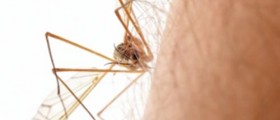
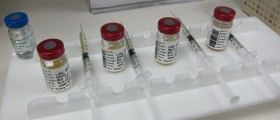
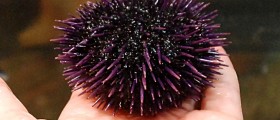
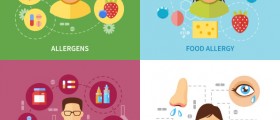
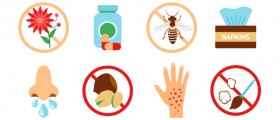
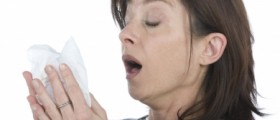

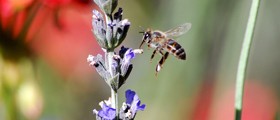





Your thoughts on this
Loading...